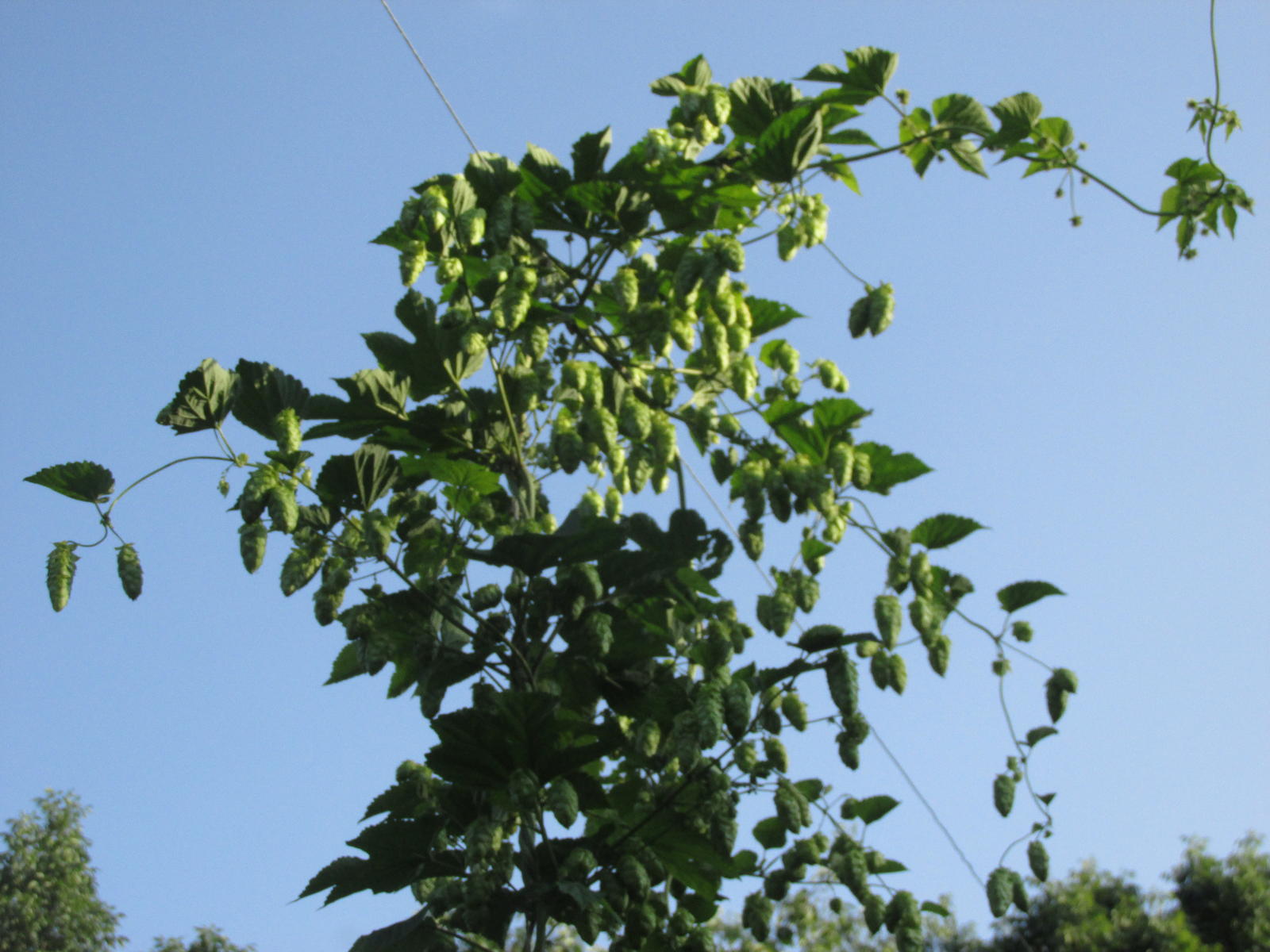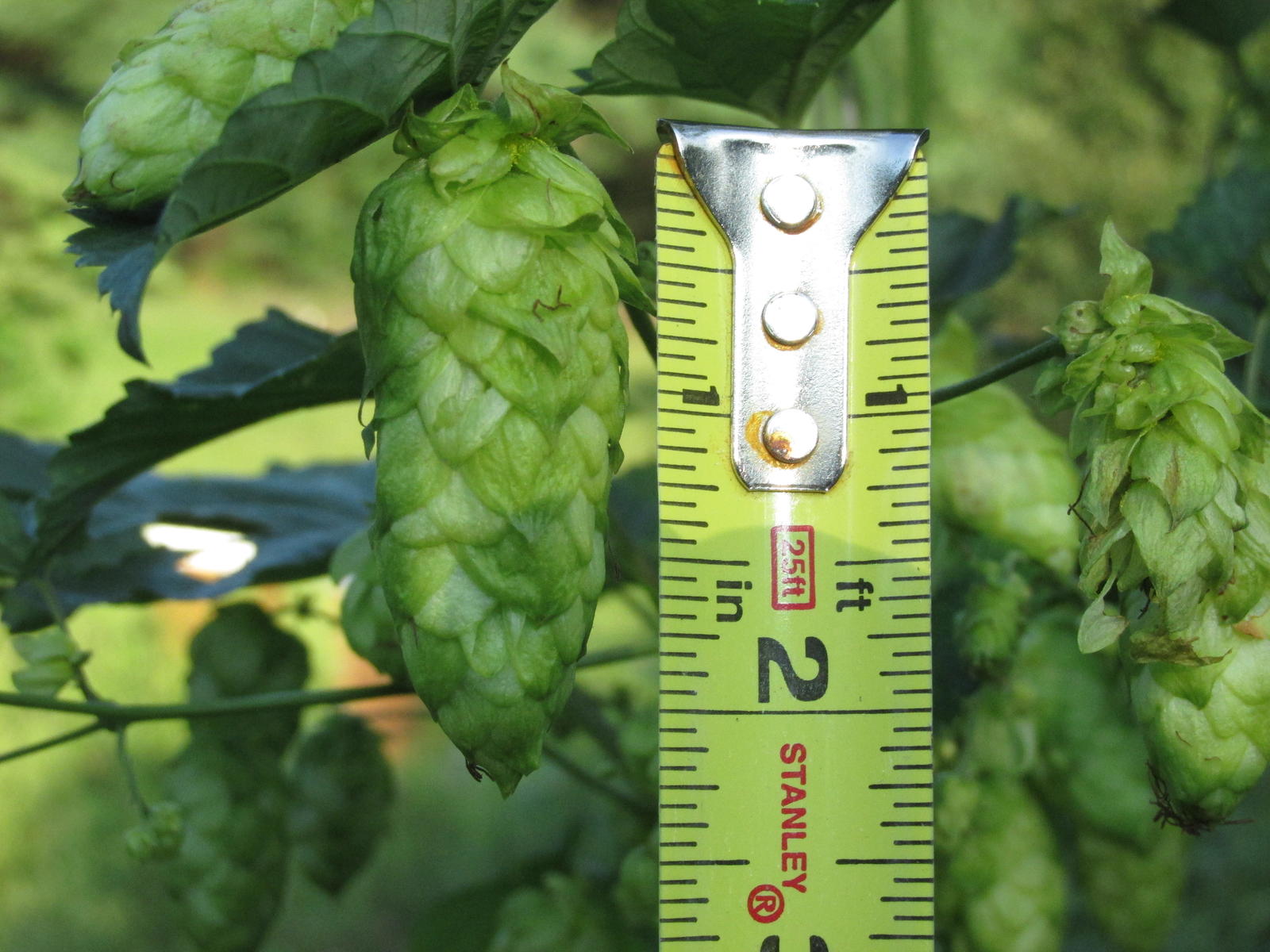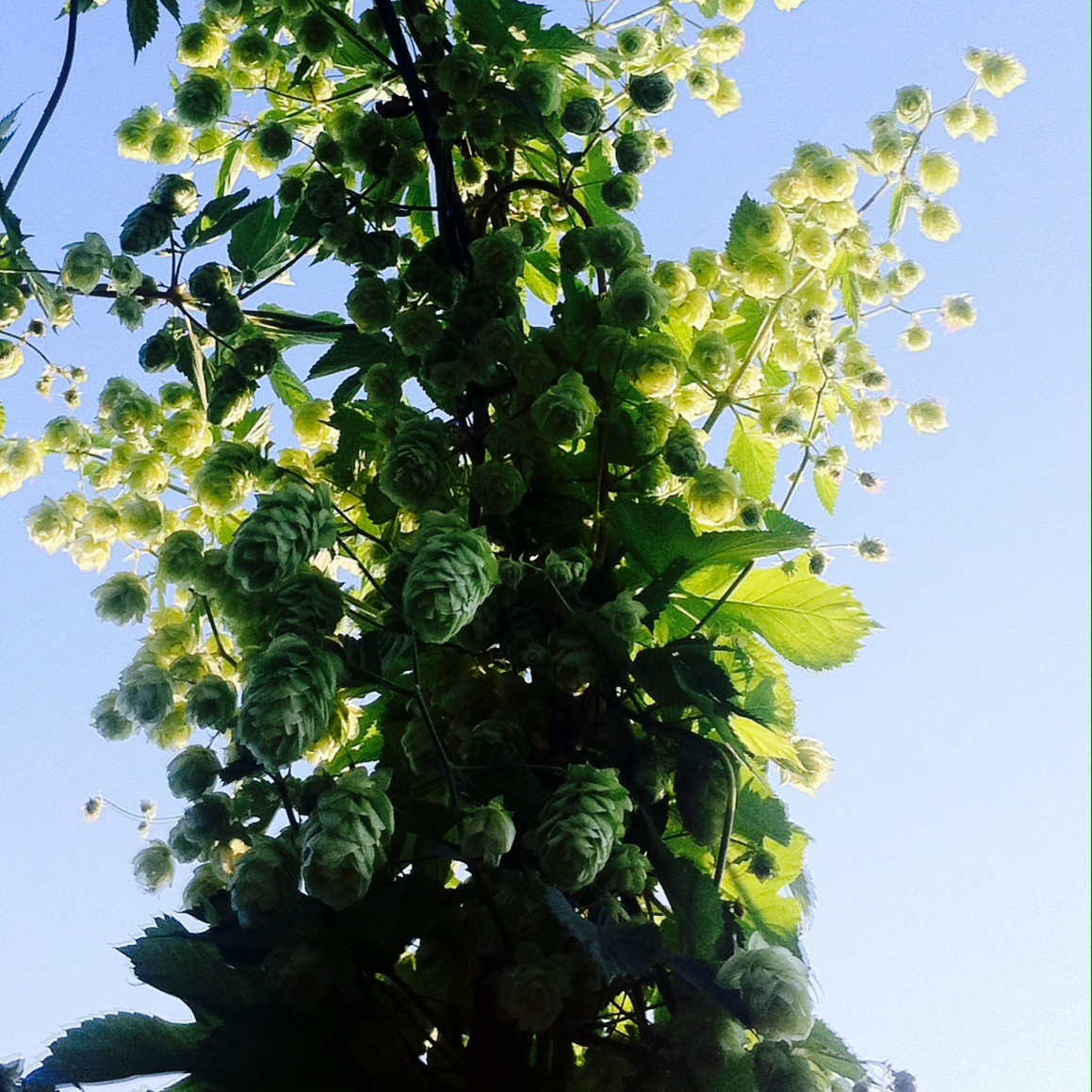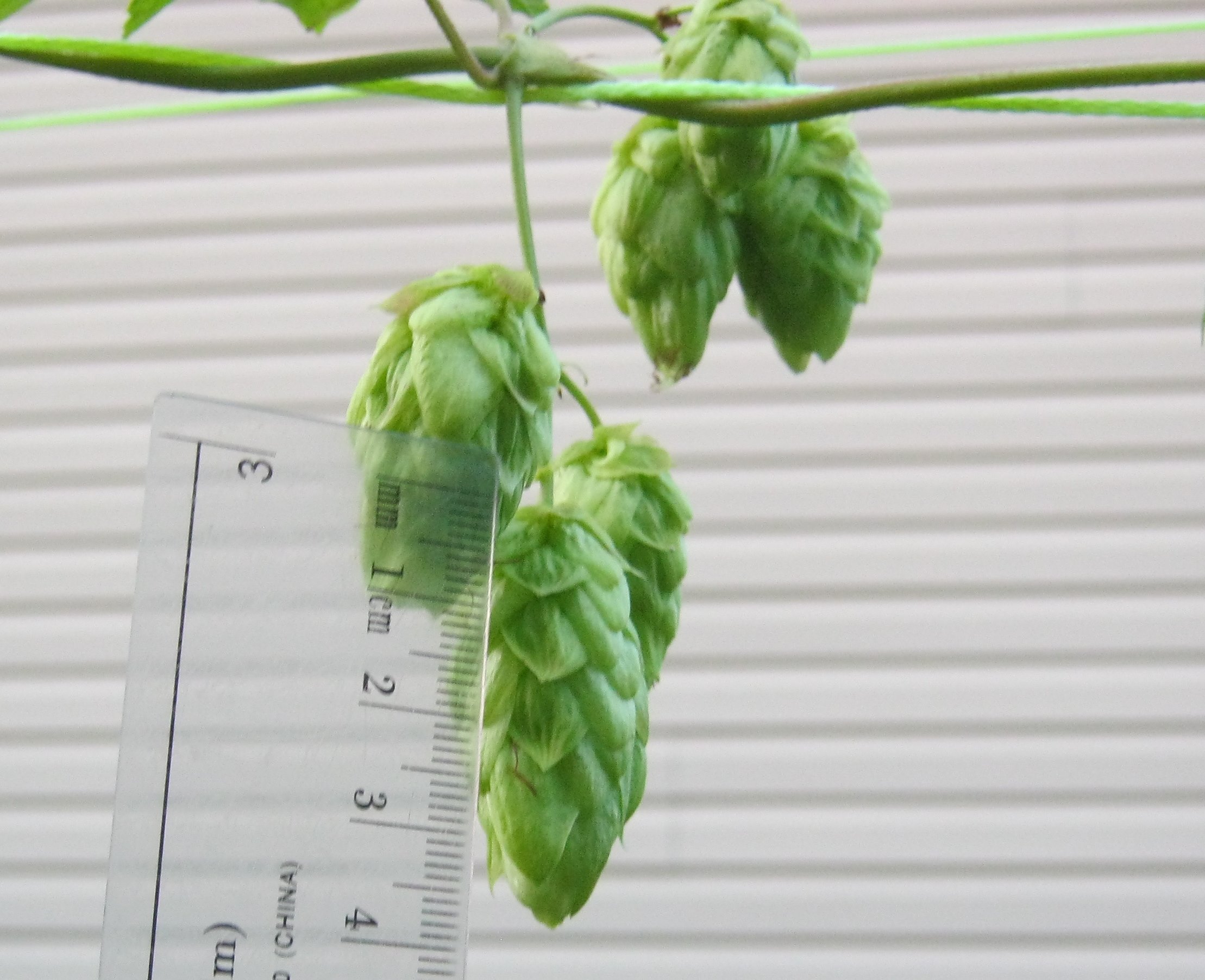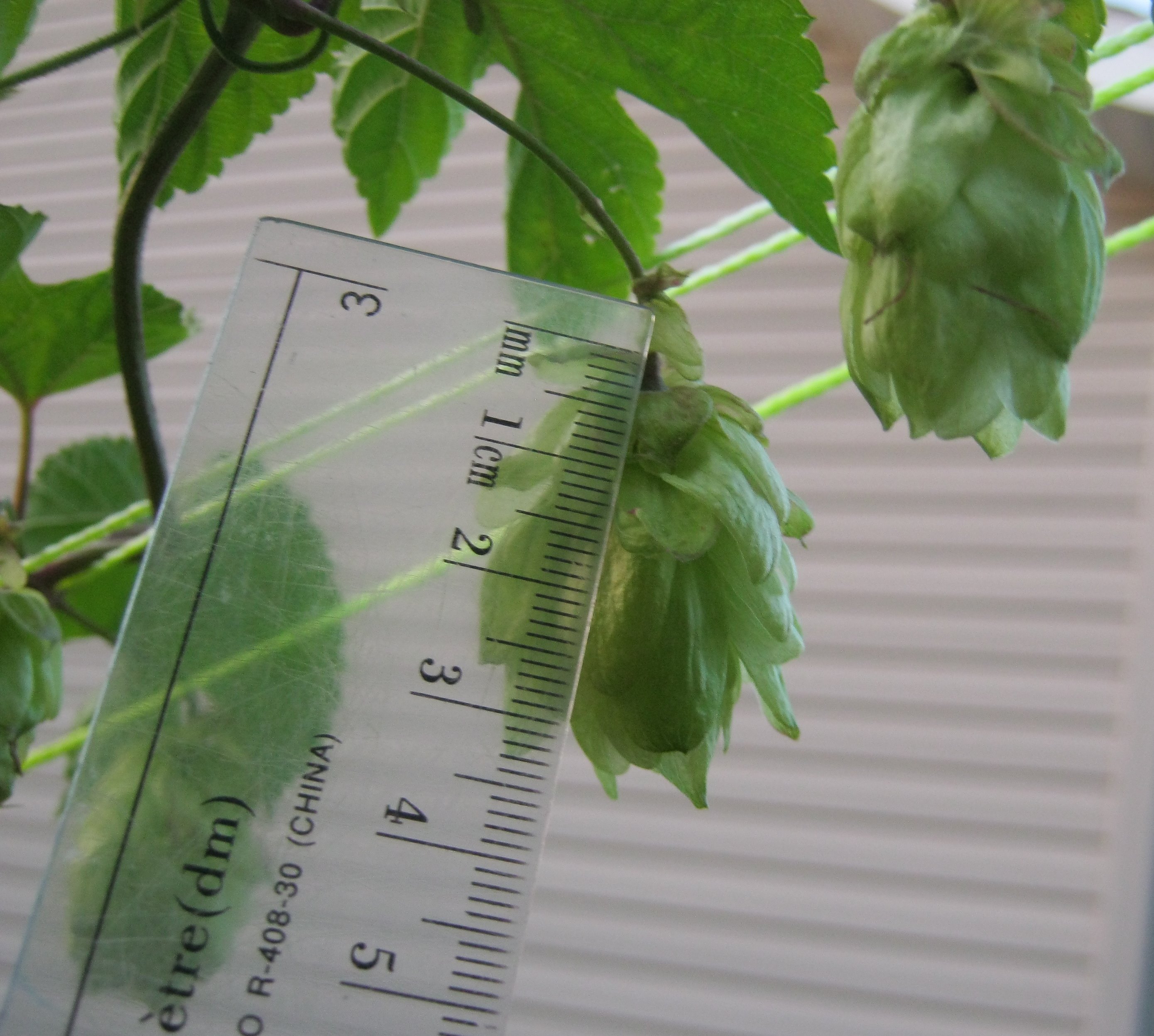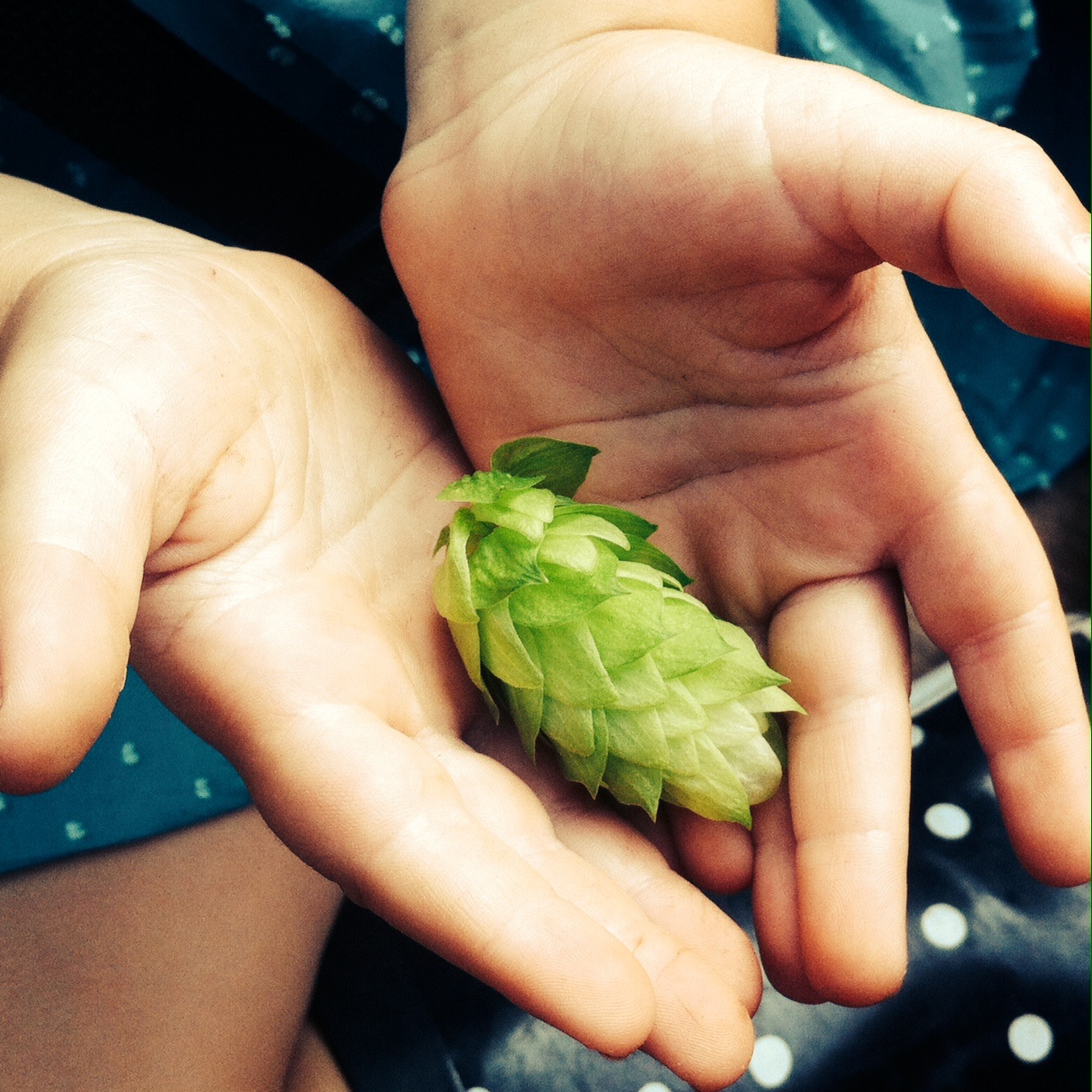Thinking about crosses...
I have also been hand fertilizing small sections from each female with pollen from different males - hoping to achieve a variety of crosses. As you know this can be time consuming. It is also probably pointless for triploid varieties such as Willamette (feel free to correct me if this is not the case).
Does anyone have a list of the ploidy for commercial hop varieties?
I have also been hand fertilizing small sections from each female with pollen from different males - hoping to achieve a variety of crosses. As you know this can be time consuming. It is also probably pointless for triploid varieties such as Willamette (feel free to correct me if this is not the case).
Does anyone have a list of the ploidy for commercial hop varieties?





















![Craft A Brew - Safale BE-256 Yeast - Fermentis - Belgian Ale Dry Yeast - For Belgian & Strong Ales - Ingredients for Home Brewing - Beer Making Supplies - [3 Pack]](https://m.media-amazon.com/images/I/51bcKEwQmWL._SL500_.jpg)











































